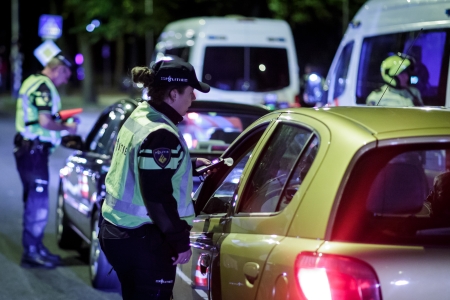The number of road deaths and serious injuries in the Netherlands due to alcohol use in traffic is unknown. The information in the police crash registration and in the hospital registration is incomplete, as alcohol tests are not always carried out. In addition, road deaths are very rarely tested for alcohol, as this is not considered useful from the perspective of criminal justice. A standard blood test after a road crash in which the (probable) culprit died is impossible to organise within the current Dutch criminal justice framework [16].
On the basis of the Injury Information System (Letsel Informatie Systeem (LIS) ) it was estimated that among the (road) casualties treated at an Accident & Emergency Department (a&e) in 2021, 6% had used alcohol and/or drugs [17]. In 2012-2021, alcohol was the substance most frequently used (98%) among the road casualty group that had used substances; almost 6% of the casualties had (also) used drugs and almost 3% had only used drugs before the crash [17]. In that same period, three quarters of the road injuries that had used substances (especially alcohol!) were cyclists. In 2012-2021, the number of a&e visits on account of serious injuries due to a road crash involving drug and/or alcohol use increased by no less than 71%. A note to be added to these figures, however, is that LIS is not explicitly queried for substance use data. Only when substance use is apparent and/or when it is relevant to the medical treatment, will it be registered in LIS. Therefore, LIS substance use figures should be considered as the lower limit of the actual problem [17].
In 2015, the number of road deaths in the Netherlands due to alcohol use in traffic was estimated at 12% to 23% of the total number of road deaths; at that time, this amounted to 75 to 140 road deaths [18]. The estimate was based on the share of drivers with an above-limit blood alcohol content (BAC) in weekend nights in 2015, and the risk figures per BAC category (see Houwing et al. [19] for the estimation method). The estimate was not disaggregated by mode of transport (for example, cyclists and drivers).
